
Scientists have used the genome-editing technology to cure adult laboratory mice of an inherited liver disease by correcting a single "letter" of the genetic alphabet which had been mutated in a vital gene involved in liver metabolism.
A similar mutation in the same gene causes the equivalent inherited liver disease in humans - and the successful repair of the genetic defect in laboratory mice raises hopes that the first clinical trials on patients could begin within a few years, scientists said.
The success is the latest achievement in the field of genome editing. This has been transformed by the discovery of Crispr, a technology that allows scientists to make almost any DNA changes at precisely defined points on the chromosomes of animals or plants. Crispr - pronounced "crisper" - was initially discovered in 1987 as an immune defence used by bacteria against invading viruses. Its powerful genome-editing potential in higher animals, including humans, was only fully realised in 2012 and 2013 when scientists showed that it can be combined with a DNA-sniping enzyme called Cas9 and used to edit the human genome.
Since then there has been an explosion of interest in the technology because it is such a simple method of changing the individual letters of the human genome - the 3 billion "base pairs" of the DNA molecule - with an accuracy equivalent to correcting a single misspelt word in a 23-volume encyclopaedia.
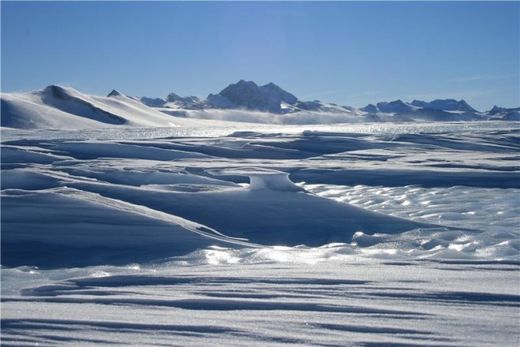

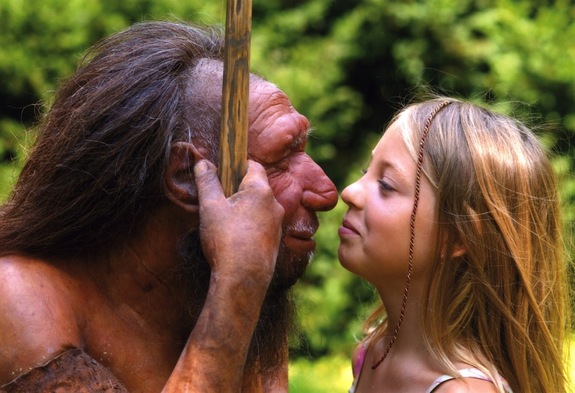

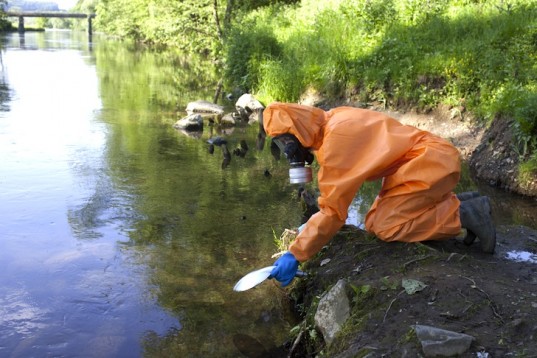

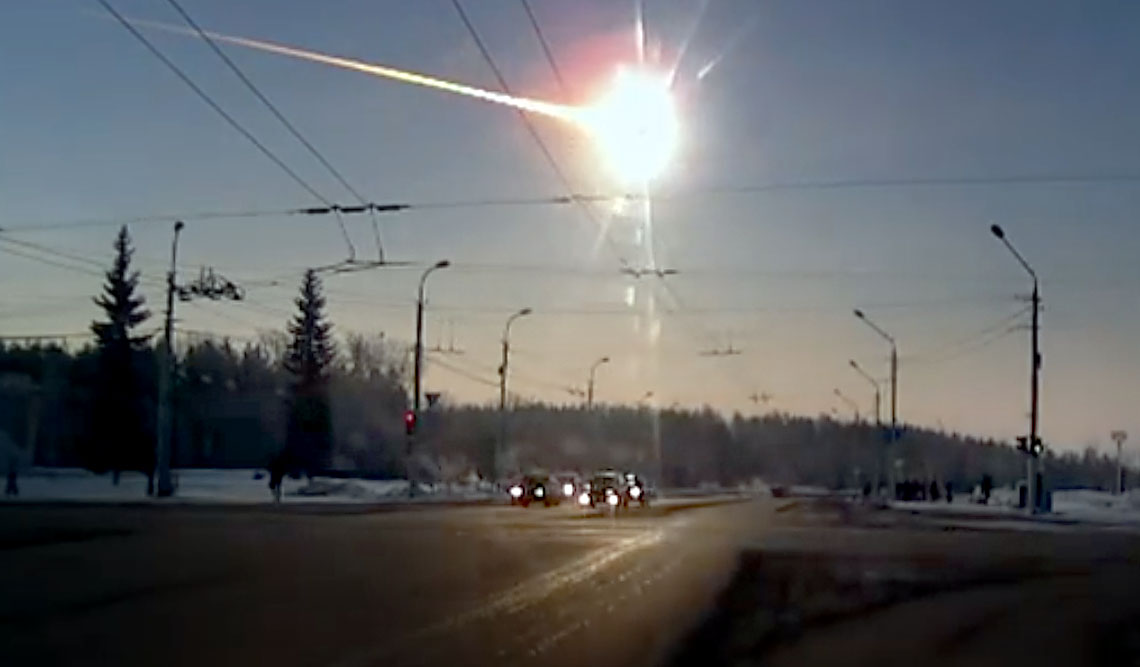
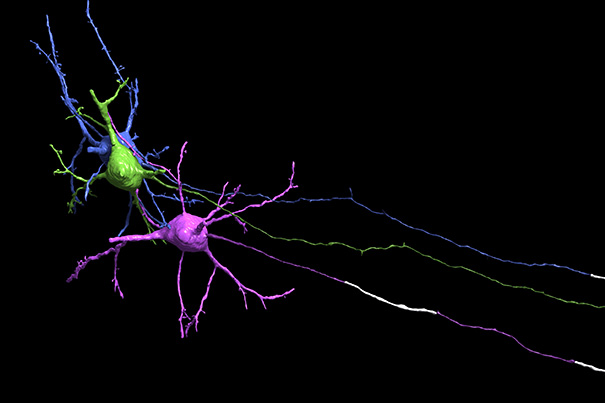
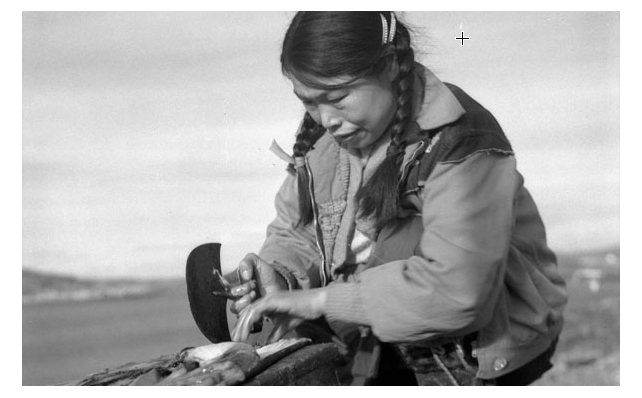



Comment: More food for thought: The Truth Wears Off.